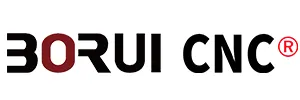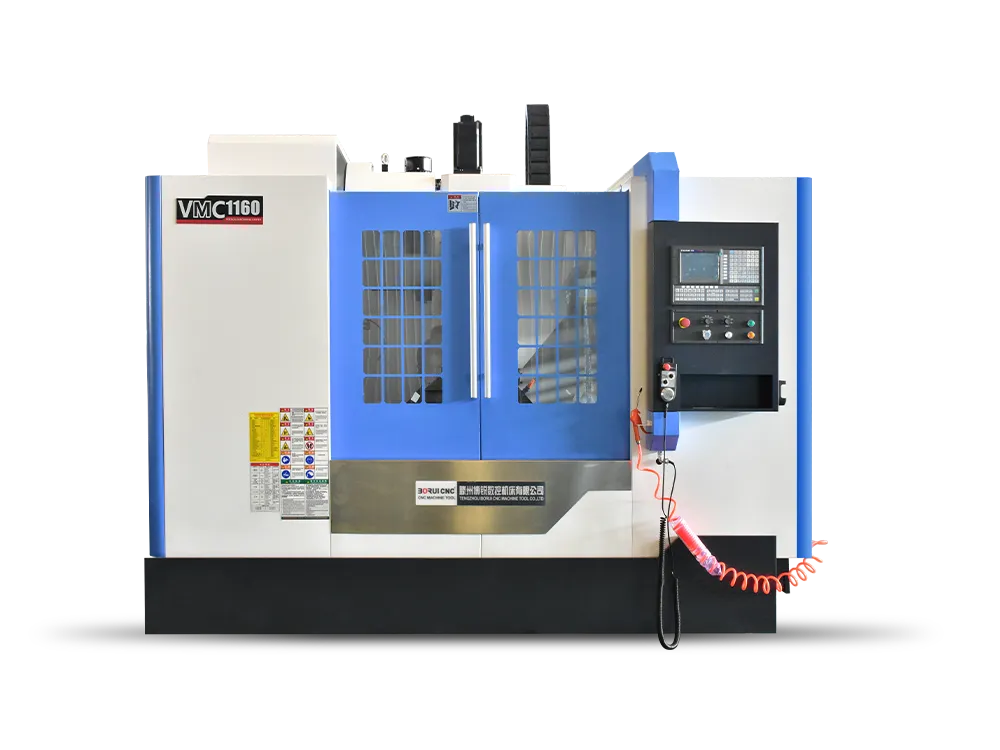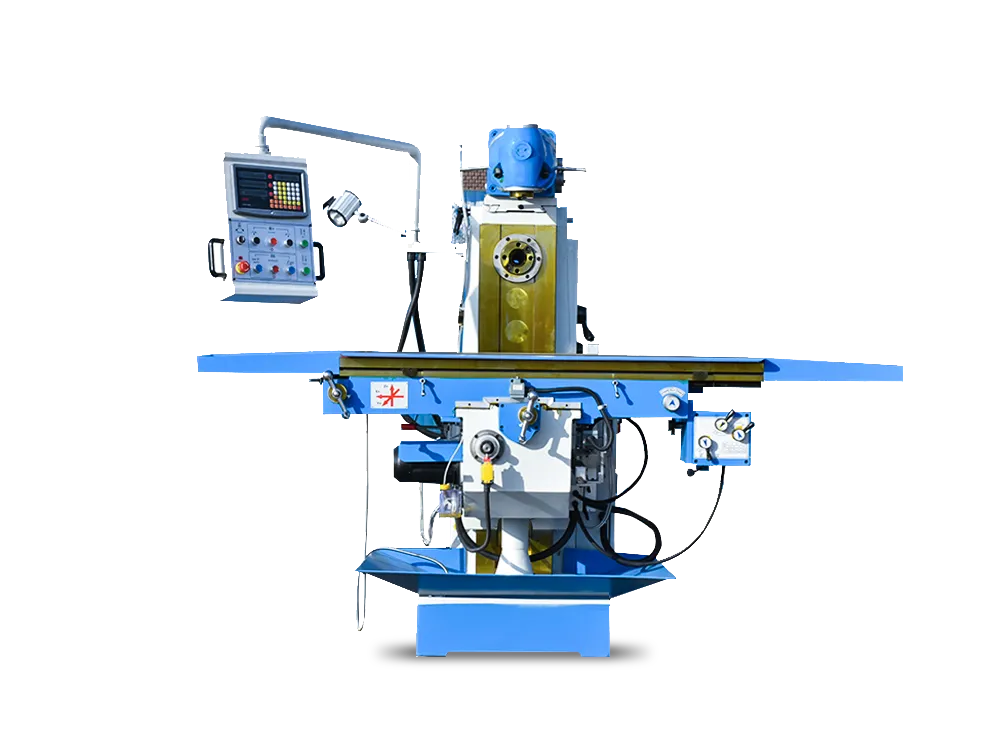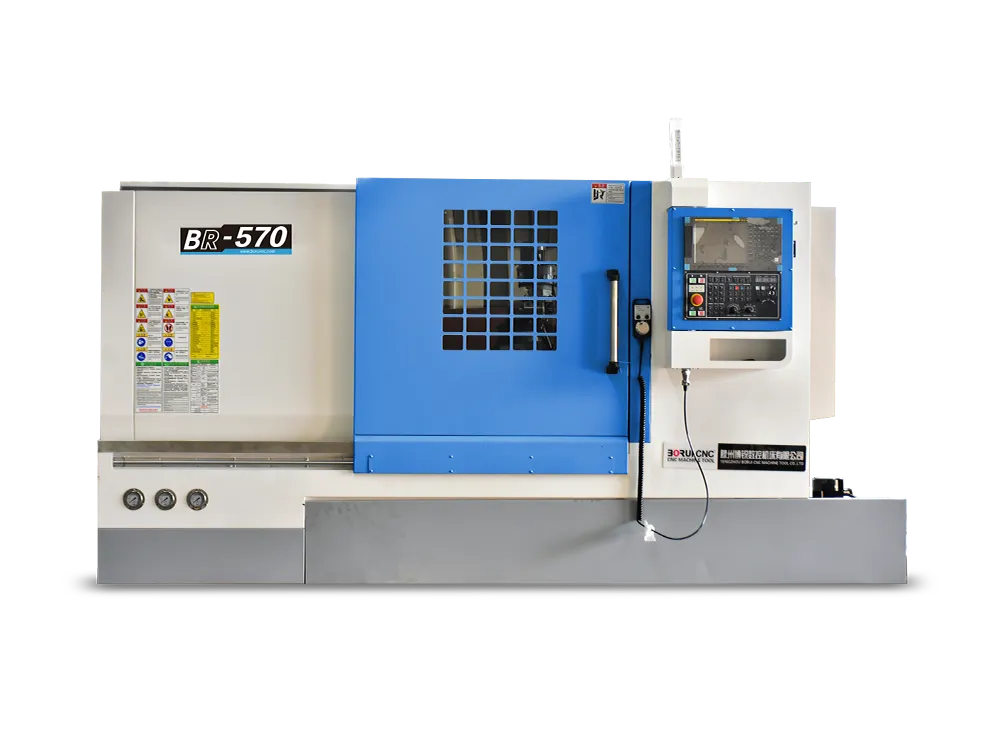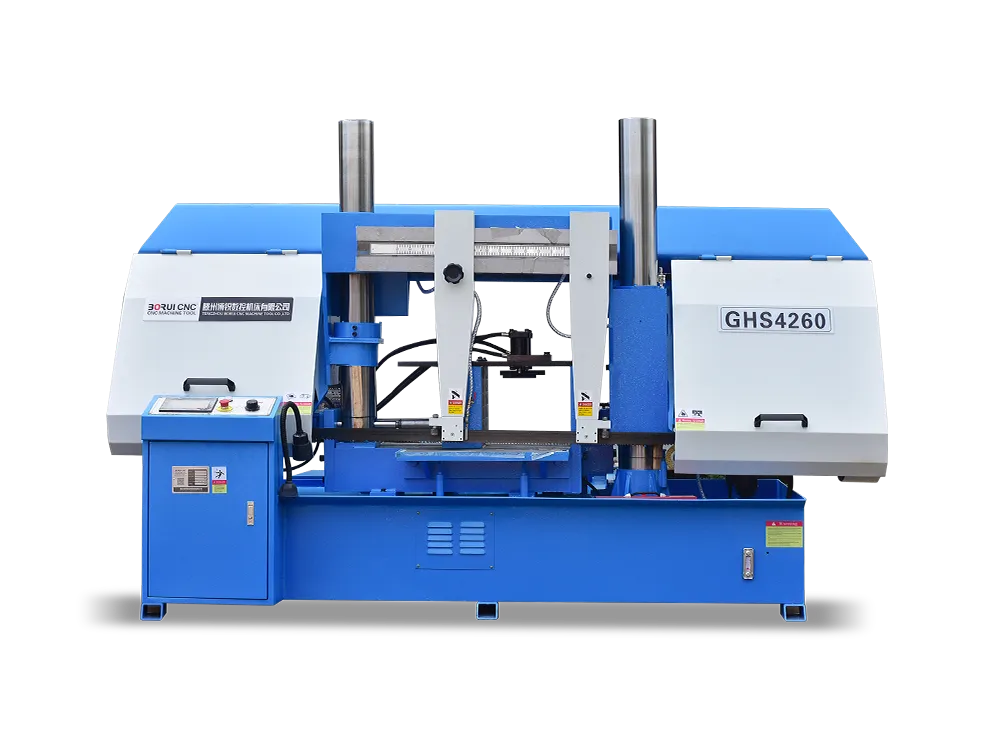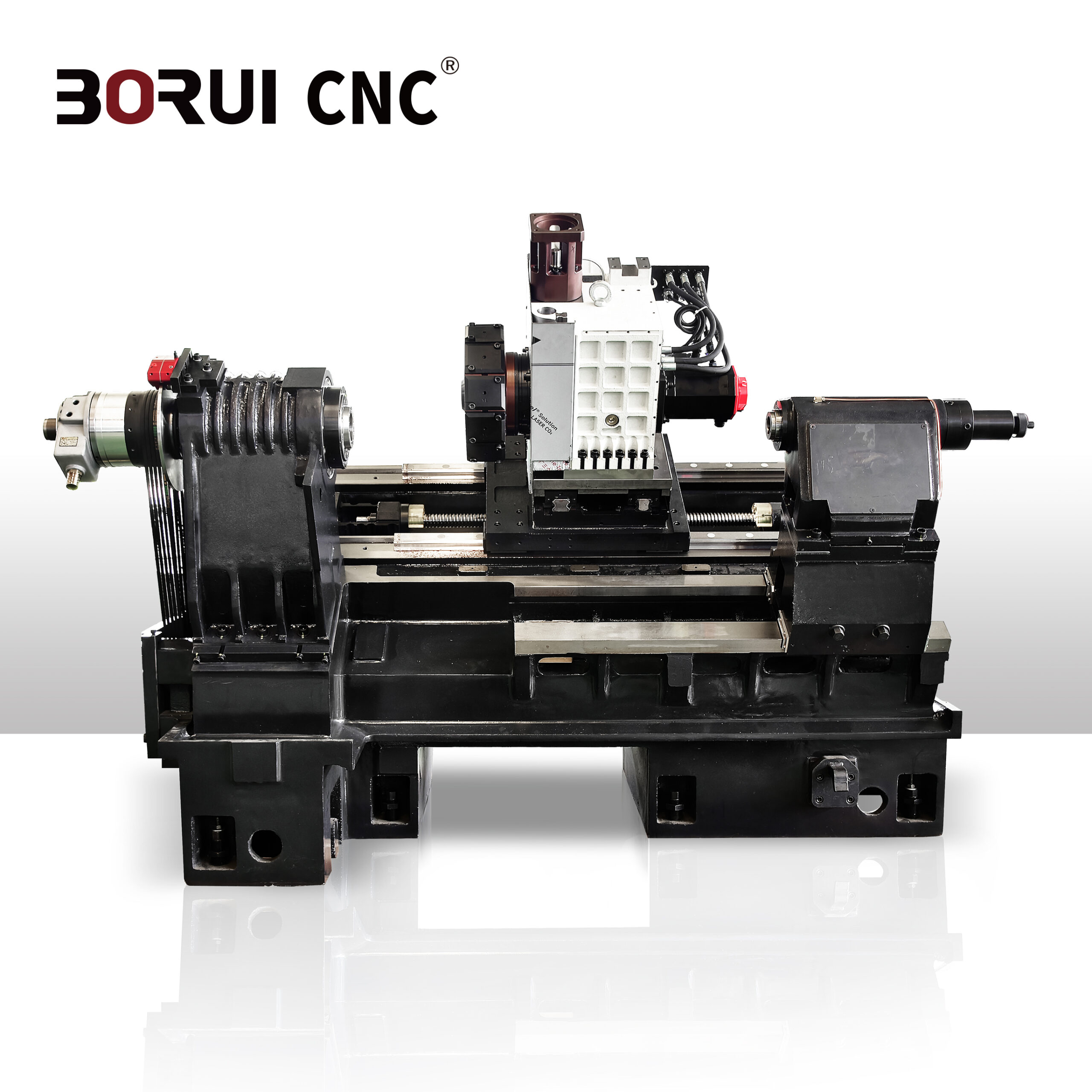What Is CNC Lathe?
CNC lathes are widely used. They are mainly used for cutting the inner and outer cylindrical surfaces of shaft parts or disc parts, inner and outer conical surfaces of arbitrary taper angles, complex rotating inner and outer surfaces, cylinders, conical threads, etc., and can perform grooving, Drilling, reaming, reaming and boring etc. According to the programmed program, we write the machining process route, process parameters, tool motion trajectory, displacement, cutting parameters and auxiliary functions of the part into a machining program list according to the instruction code and program format specified by the CNC machine tool, and then put this The contents of the program list are recorded on the control medium, and then input into the numerical control device of the numerical control machine tool, thereby instructing the machine tool to process the parts. The CNC lathe has the characteristics of high performance, high precision and low noise. Compared with ordinary lathes, it has a high degree of automation. With automatic feeding, it can form an automatic processing unit.
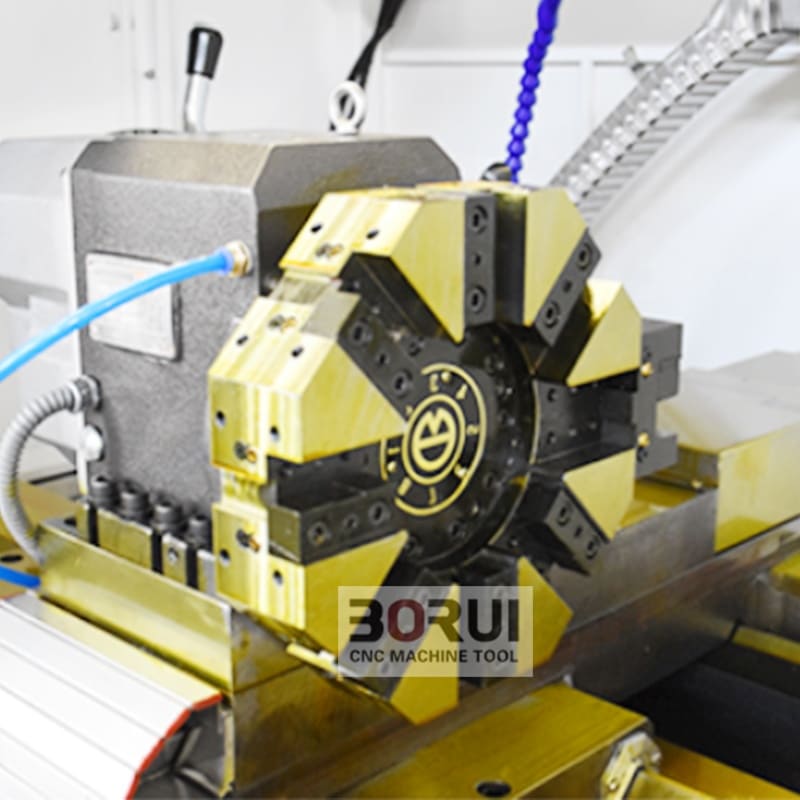
What Is Turning Milling?
CNC turning and milling is a composite machine tool that includes all the functional characteristics of CNC lathes and CNC milling machines. Its functions include turning and milling, turning, milling, and milling. The purpose of composite is to make a machine tool have multiple functions. Functionality, it can complete multiple tasks in one clamping, improve processing efficiency and processing accuracy, because it combines the characteristics of CNC lathes into one machine, which greatly reduces the floor space and capital costs such as rent. Although the unit price of CNC turning and milling is relatively high, because it can shorten the manufacturing process chain and the number of fixtures, workshop area and reduce equipment maintenance costs, it can also effectively reduce the overall fixed assets from the perspective of enterprise investment. Investment, greatly reduce the cost of production operations and personnel and equipment management.
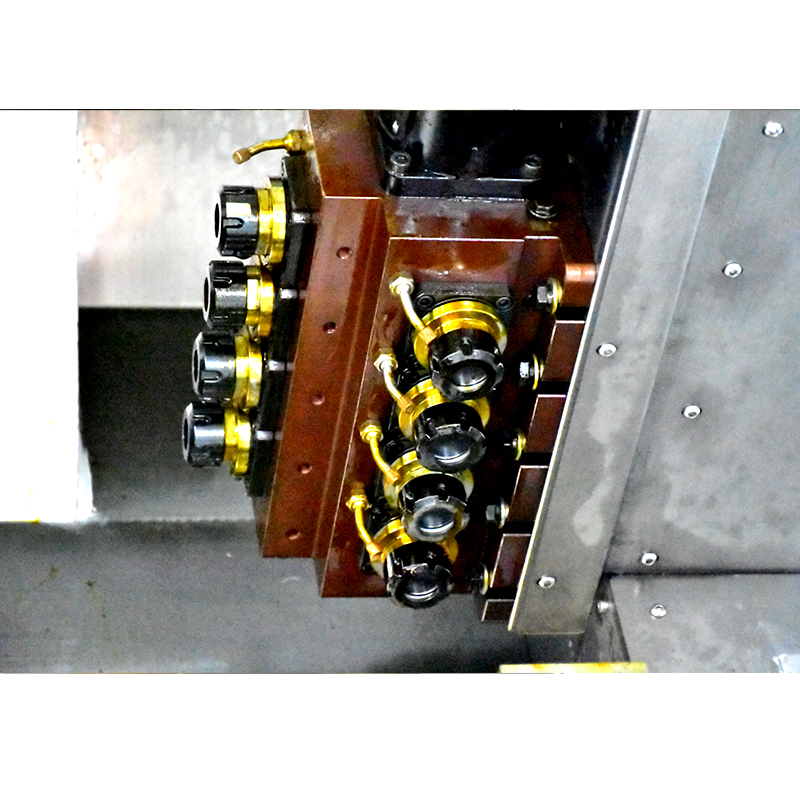
The Advantages Of Turning And Milling Machine Tools:
- High precision: avoid man-made and machine tool errors caused by process dispersion;
- High efficiency: effectively reduce the production preparation time and improve the utilization rate of machine tools;
- Cost reduction: It can realize the simultaneous operation of dual spindles, reducing the number of machine tools, making it easier to plan production, saving investment costs and workshop area.
- Ordinary CNC lathes are generally not equipped with powered tools, and compound lathes must have powered tools.
- Ordinary CNC lathes are generally not equipped with servo spindles, and compound lathes are generally servo spindles.
- Ordinary CNC lathes generally have only one tool holder, and most of the compound lathes have multiple tool holders.
The Difference Between CNC Lathe And Turning And Milling Compound:
Simply put, the turning-milling CNC lathe is a small machining center added to the CNC lathe, which adds the milling function to the CNC lathe. The difference between the turning and milling machine tool and other machine tools is that the functions of the lathe and the milling machine are combined on one machining center machine tool to realize both turning (the workpiece rotates, and the tool can be fed without rotating) and milling (the workpiece is fixed). , the tool rotates and feeds) processing, which is characterized by both the rotational motion of the lathe workpiece and the rotational motion of the milling machine tool. 1-8 milling power heads can be added to the CNC lathe, the process is integrated, the machining accuracy is high, and the machining time is saved.
CNC lathes can only turn, and compound lathes can not only turn, but also mill. Most of the turning-milling composite processing is completed in the turning center, while the ordinary turning center only changes the ordinary tool holder of the CNC lathe to the tool holder with power tools, and the main shaft adds the c-axis function. Due to the limitation of tool holder structure and external dimensions, the power of the power head is low and the speed is not high, so larger tools cannot be installed. This turning center is mainly used for turning, the milling and drilling functions are only used for auxiliary machining. The high cost of the live tool holder leads to the high cost of the turning center. The turning and milling composite material is the XZC axis, that is, a rotating C axis is added to the chuck to realize the basic milling function.
